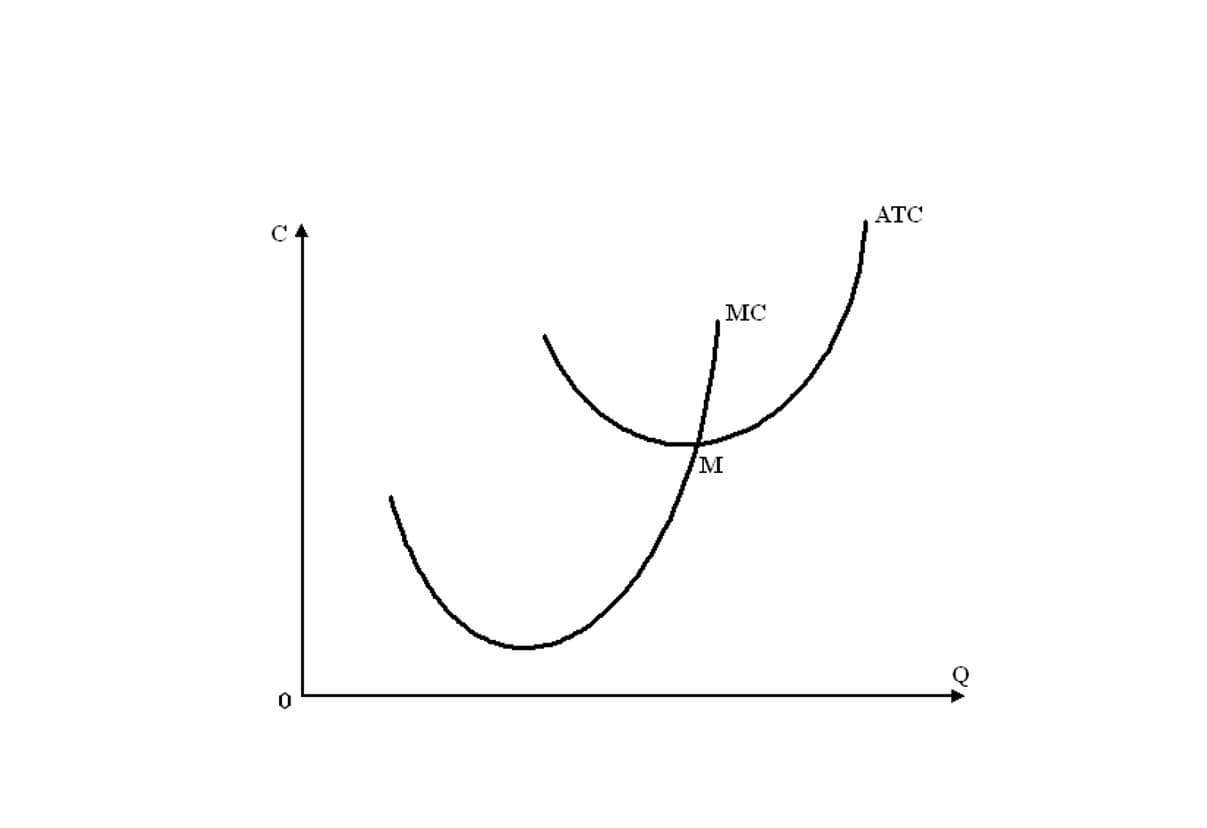
For businesses and investors alike, the results of ncf formula an NCF calculation can be a watershed moment in decision-making. A positive net cash flow signals to businesses that they may have excess cash to invest in new projects, pay down debt, or distribute to shareholders. If your operational activities have been fruitful, your investments prudent, and your financing well-managed, you should see a positive NCF, reflecting the overall financial health of your business. An NCF calculator becomes your go-to tool when speed and accuracy are of the essence, especially during financial planning or investment analysis.
- Operating costs count towards the total cash outflow, such as the cash paid to employees or bills for existing services.
- NCF only concerns the money that physically moves in and out during the accounting period – it doesn’t include capital in the bank, any credit owed to you, or money you owe to your debtors.
- Positive net cash flow shows that the cash generated has come from the business’s operating cash flows and investing activities.
- Then, you can extrapolate that data into the future by way of a cash flow projection, allowing you to make more data-driven strategic decisions for future business developments.
- Allocation of cash flows across operating, investing, and financing activities reveals strategic priorities and can indicated whether the cash flow is sustainable.
- Maintaining a balance between liquidity and profitability ensures resilience in an ever-evolving marketplace.
How to Calculate Net Cash Flow?
- However, the key differences are the way revenue and expenses are recorded.
- It also does not consider non-cash expenses such as depreciation or amortisation.
- In the cash flow from investing section, our only cash outflow is the purchase of fixed assets – i.e. capital expenditures, or “Capex” for short – which is assumed to be an outflow of $80 million.
- The software helps track all types of expenses, categorizing them into operational costs, capital expenditures, and financing expenses.
- But over time, your business should be able to recover and get back to a positive cash flow.
NCF includes all the components of a business’s cash inflows and outflows, such as operating cash, capital investment, and financing activities. To calculate the total net cash flow for the business, sum up the net cash flow from operating activities and the net cash flow from investing activities. This will provide a comprehensive view of how cash is being generated and used in the business. If the total is positive, it indicates that the company is generating more cash than it is using; a negative total suggests the opposite. Net cash flow refers to the difference in cash inflows and outflows, generated or lost over the period, from all business activities combined. In simple terms, it is the net impact of the organization’s cash inflow and cash outflow for a particular period, say monthly, quarterly, or annually, as may be required.
What Is Net Cash Flow Formula?
NCF differs from overall cash flow, which looks at total cash inflow regardless of whether it comes from your business profits. NCF what are retained earnings is how much cash a company generates on its own rather than total cash inflow. A negative cash flow means you are losing money and need funds to invest in your business. Positive net cash flow shows that the cash generated has come from the business’s operating cash flows and investing activities. Net cash flow from operating activities and net cash flow from investing activities are two distinct components of a company’s cash flow statement. They are the cash inflows and outflows from the core business operations (e.g., sales, expenses) and the purchase or sale of long-term assets and investments (e.g., property, equipment, securities).
- Therefore, inflow must have been already paid to the company, so for example, an unpaid invoice is excluded from the calculation.
- Companies engaged in mergers or acquisitions must carefully manage cash equivalents and debt repayments to avoid financial strain.
- For example, your business may have received an injection of cash after taking on a new debt.
- Net cash flow is the difference between the money coming in and the money coming out of your business for a specific period.
What is negative or positive net cash flow?

For example, you might think a negative net cash flow points to danger for your business. While you want to aim for positive cash flow, a period or two of negative cash flow isn’t necessarily a bad thing. You may have purchased significant investments, like a brick-and-mortar shop, which can put a dent in your short-term cash flow. But over time, your business should be able to recover and get back to a positive cash flow. Net cash flow from operating activities represents the cash generated or used by a company’s core business operations during a specific period.

How can I increase my company’s net cash flow?
In other words, you get a clearer picture of whether a company can survive tough economic conditions, fund its own growth, or provide you with a return on investment. Solid NCF figures often equate to less financial stress for a company, which should comfort investors looking for lower-risk opportunities. When the NCF figure is positive, the business reflects making money and positive growth. On the contrary, if the figure obtained is negative, it indicates that the business is losing money. Businesses can have a look at the NCF from time to time for comparison and find out which strategies and tactics are working for them and what are the things to be avoided.
- Fluctuations in cash flow can arise from various factors, including changes in liabilities, capital expenditures (CapEx), and business acquisitions.
- Repeated periods of positive net cash flow are a good sign that your business is ready to expand, whereas repeated periods of negative net cash flow can be a sign that your business is struggling.
- Operating cash flow (OCF) measures the amount of cash generated by the normal operating activities of a…
- Additionally, bookkeeping practices play a vital role in maintaining accurate financial records.
- Although this is more well defined, it is still very broad and requires further analytical breakdown – looking at Operating, Investing and Financing cash flows separately.
- If investing and financing continually produce a significant cash flow, but cash flow from operations are continually in the negative, this can be a red flag.
- Profitability (net income and profit) and NCF are all signs that you have a healthy, thriving business.

You can’t change what cash is, so cash flow is one of the least manipulated indicators of a business’s health. However, there are many ‘levels’ of cash flow and different categories that indicate corporate performance, efficiency and even financial stress. In the cash flow from operations section, the $100 million of net income (“bottom line”) flows from the income statement. For example, depreciation and amortization must be treated as non-cash add-backs (+), while capital expenditures represent the purchase of long-term fixed assets and Bookkeeping for Painters are thus subtracted (–). The three sections of the cash flow statement (CFS) are added together, but it is still important to confirm the sign convention is correct, otherwise, the ending calculation will be incorrect.

Recent Comments